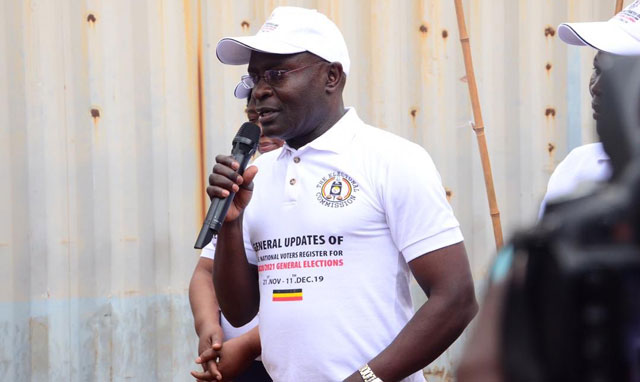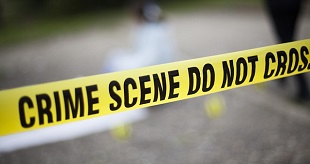
Kampala, Uganda | THE INDEPENDENT | Khisa Isaac | Campaign symbols are one of the key feature of an election. Unlike official party candidates, who use their party candidates, independents are expected to come up with meaningful symbols that they market to their voters.
Cyprian Ogwang, the Head of Research and Planning at the Electoral Commission notes that ideally symbols are used in elections to facilitate voting by illiterate people, who cannot read candidates’ names on the ballot.
“These are just symbols. We select them for one purpose of guiding the electorate on the polling day. They are easy to identify. But, they are not based on any political sentiment. They must not be attached to culture or religion to avoid the possibility of some candidates misusing them,” says Ogwang.
However, this is from the reality candidates and voters attach different meanings to campaign symbols. Hadijah Nakazzi Kasujju is vying for the LC V councilor’s seat for Nateete South 1. The granddaughter of the former EC Chairperson, the late Hajji Aziz Kasujja recently stormed Busega and Nateete with her supporters in a door to door campaign with sauce pans.
Her agents comprising mainly women were singing songs and banging saucepans to popularize their candidate in the area. “Our symbol is a source pan. In it, we will prepare and eat. Bring all your problems, we shall cook them in the source pan and get a solution,” Nakazzi told the voters.
Asked why she chose a saucepan of the all the available, symbols Nakazzi says she needed something that is known by all and can be easily remembered on the polling day.
Godfrey Aine Kaguta aka Sodo, the Mawogola North parliamentary candidate is using a bicycle as his campaign symbol after failing to secure the NRM party ticket. Kaguta explained that he chose the bicycle to take on everybody who wishes to join him on the ride towards development.
Having failed to acquire the Kawempe South National Unity Platform party card, Roy Ssemboga decided to use a clock as his campaign symbol. Ssemboga explains that a clock is one of the most appealing symbols to voters and a sign of change.
“It depicts that time is up for the old guard. It’s time for fresh ideas,” he said. Robert Kyagulanyi Sentamu, the NUP presidential candidate also rode on a similar phrase during the Kyadondo east by elections.
Mike Ssekabira, one of the candidates vying for the Nyendo -Mukungwe city division parliamentary seat in Masaka city is selling a ball as his campaign symbol.
Being a sportsman, Ssekabira says the ball indicates he’s ready to kick all their challenges as he has done to the ball during his stint in the national and international football teams.
He also points out that his symbol depicts his aspirations of building his political carrier around the development of talent among the youth who make the largest percentage of the electorate.
Peter Bogere, an elections expert at Uganda Project Implementation and Management Centre notes that good politicians will always find a way of crafting meaning around the given symbol.
He, however, says that the shrewdness of a candidate doesn’t remove the primary objective of the designated symbol.
He notes that there are several symbols that are becoming more popular compared to others as independent candidates have developed a perception to an extent that they also fight to be nominated first. He also points out that several candidates have a close relation to some political parties pointing out the clock, which is associated with the people power pressure groups.
EC has designated over 20 symbols to complement the customized symbols for political parties such as the bus for NRM, a hoe for DP, palm for UPC, weighing scale for JEEMA, and key for FDC and an Umbrella for the National Unity Platform. The other symbols include pot, chair, saucepan, table, cup, radio, kettle, and a ball and mobile phone, television, tree, house, boat, candle, a bunch of matooke, motor vehicle, loudspeaker, and Jerrycans.
Analysis of data from the EC indicates that in most popular symbol in the parliamentary race is a clock with 344 candidates, radio 223, chair 192, and ball 185. The unpopular symbols include a tree with one candidate, candle 3 and sauce pan 60. None of the candidate chose a boat or a bunch of matooke.
********
URN
 The Independent Uganda: You get the Truth we Pay the Price
The Independent Uganda: You get the Truth we Pay the Price


